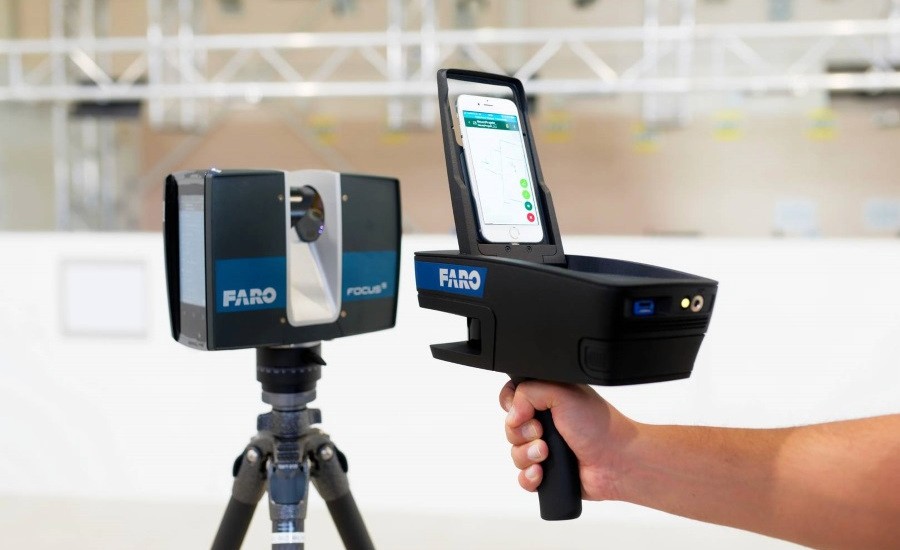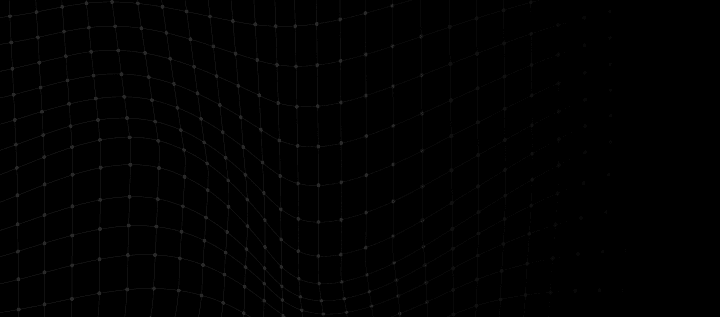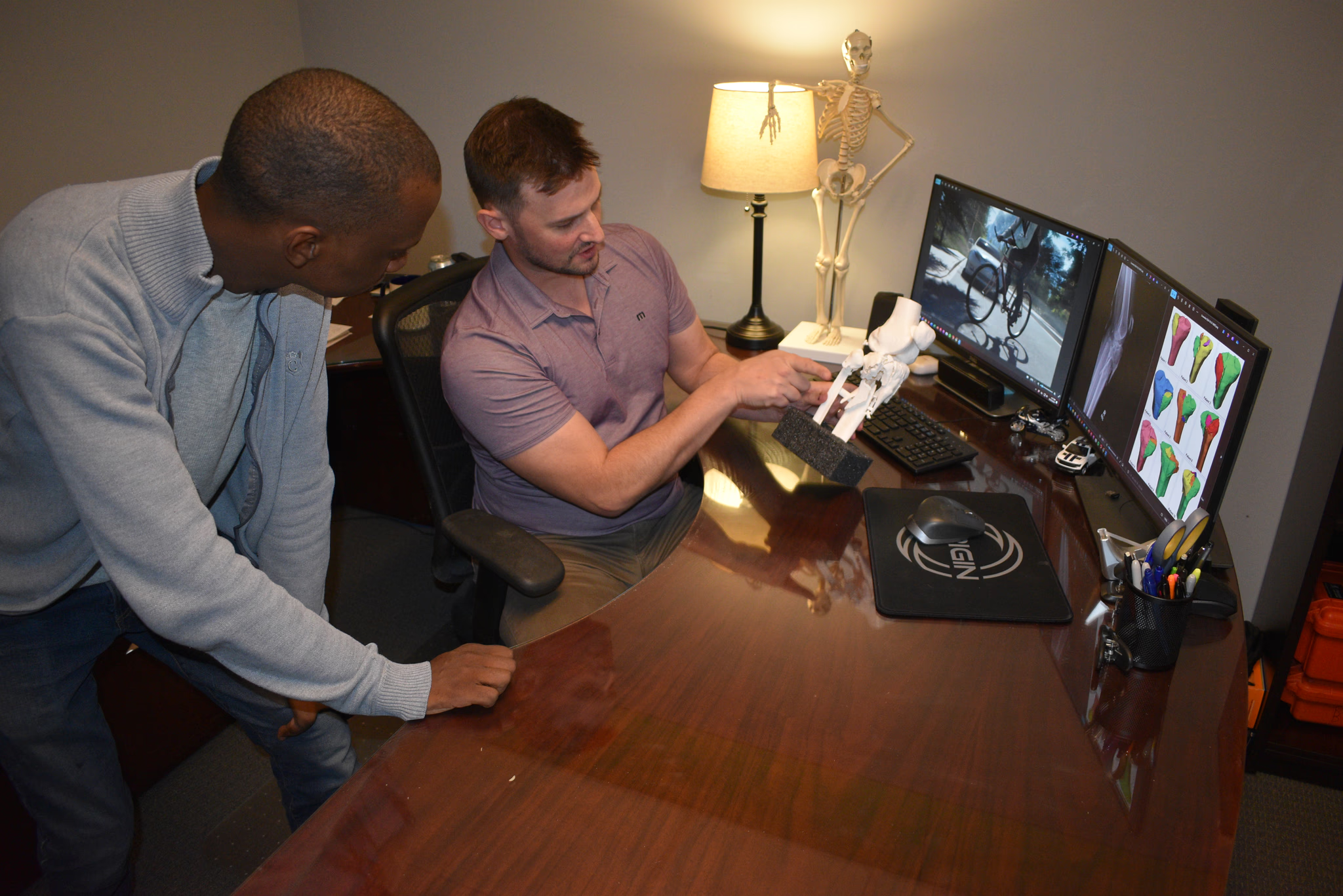
TECHNOLOGY & TOOLS

Laser Precision Preservation: LiDAR scanners capture the object of the investigation in meticulous detail, preserving evidence with laser precision.
Temporal Snapshot: Imagine being able to freeze time to preserve the evidence. Laser scanners do just that, creating a temporal snapshot that investigators can revisit anytime.
Dynamic Measurements: These scanners measure not only distances but also angles, elevations, and even surface textures. It’s like having a digital forensics team partner collecting extensive data on-site.
Tire Mark Insights: By analyzing tire marks, we use this data in calculating vehicle speeds, braking patterns, and steering angles.
Impact Point Mapping: Whether it’s a dent on a car door or a fractured guardrail, LiDAR scanners map impact points with state-of-the-art precision.
Digital Time Travel: Investigators step into a virtual three-dimensional (3D) model of the scene. They can walk through it, examine sightlines, and explore angles, much like time-traveling detectives.
Courtroom Clarity: Presenting complex accident scenarios to a jury can be daunting. LiDAR-generated models enable realistic visualizations, which can bring clarity to an otherwise nebulous description of events and the contributing factors.
Scenario Simulation: What if the truck swerved earlier? Laser scanners allow us to simulate alternative scenarios, testing hypotheses, and revealing causality.
Millimeter Accuracy: Laser scanners measure vehicles down to the millimeter. Whether it’s a crumpled sedan or a toppled tractor-trailer, we know its dimensions and the crush profile.
Putting the Puzzle Pieces Together: 3D point cloud models of damage profiles on vehicles can be matched together just like putting the pieces of a puzzle together to show how the vehicles interacted.
Collision Kinematics: By precisely measuring vehicle crush zones, we can calculate collision forces and decode the physics of the impact.


